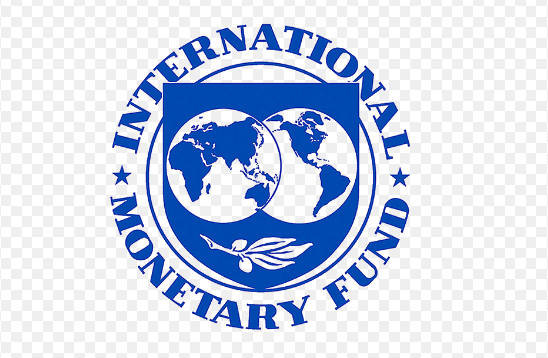The International Monetary Fund (IMF) has said hundreds of mismanaged infrastructure projects have stalled in Kenya and it will cost around $10 billion to revive them.
In its Fiscal Transparency Evaluation Update, the IMF says not all major projects are subject to a cost-benefit analysis, nor competitive tendering.
The 2018, the Public Investment Management Assessment (PIMA) carried out by the IMF found out that many project appraisals do not include either a cost-benefit analysis or a standard methodology for project appraisal and selection.
In addition, several large governments-to government (G2G) contractual arrangements, such as the Nairobi-Mombasa SGR project, operate outside the standard procurement process. Since 2018, the authorities have been taking active steps to address these weaknesses through the establishment of the PIM unit and the production of draft PIM regulations, which include standardized templates for preparing a project’s conceptual design, and pre-feasibility and feasibility studies.
These reform measures and any changes to procurement arrangements, however, are yet to be fully implemented.
Analysts project the economy to grow at the rate of 5.7% in 2020. This is attributed to the base effect (GDP 2019E at 5.6%) and the sturdy contribution of services in the overall economy
That said, consumption & government spending pose major headwinds to a robust growth.
According to a note by Genghis Capital, government spending in the current financial year is behind the curve and in particular, capital expenditure and disbursement to county governments. It warns that private consumption will remain depressed in light of rampant job cuts in the private sector. To be sure, hiring and firing decisions have a low execution risk than an in-vestment decision, hence the lay-offs in the short-term.
A protracted deterioration in the business environment will slow-down or revert investment decisions.
Collectively, a depressed private consumption will extend low demand pressure in the economy, marked with core inflation (overall inflation excluding food and fuel inflation) sticky at 3.0% – 4.0% levels.
The firm expects headline inflation within 5.0% – 8.0% band in the year. It anticipates food inflation to revert to historic 2-year levels of approximately 4.0% from the 9.0% recent highs at the close of 2019, which it attributes to food supply disruption effected by the above-average rainfall last quarter (4Q19).
See Also:




